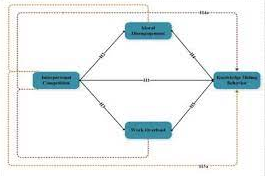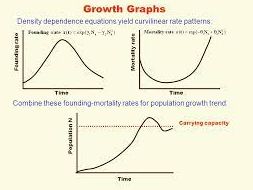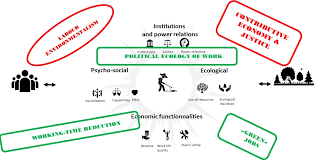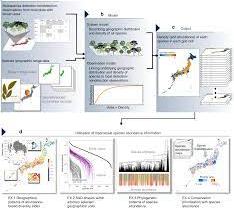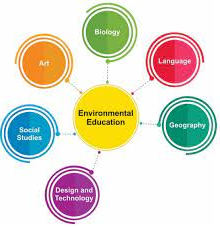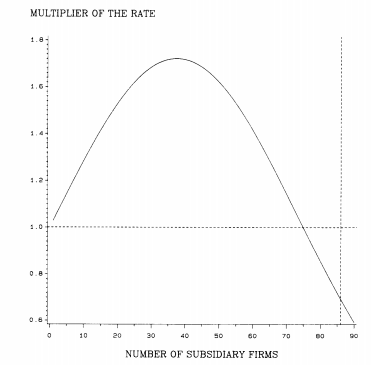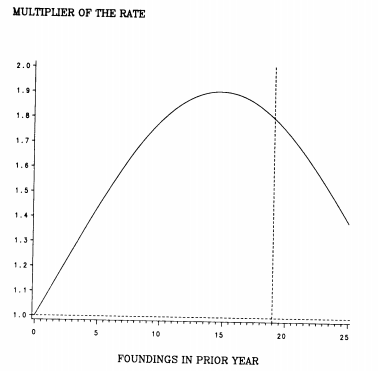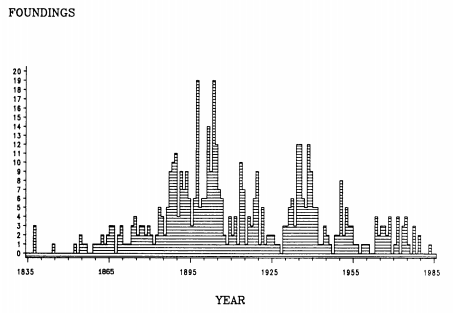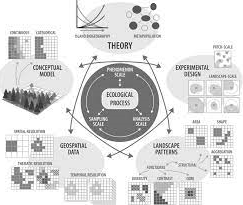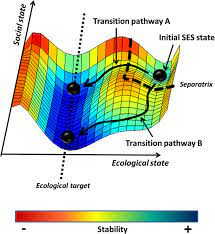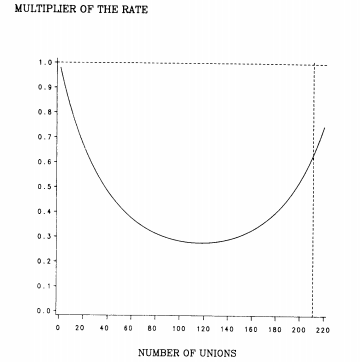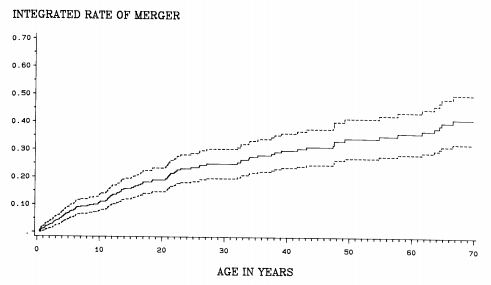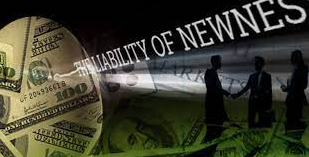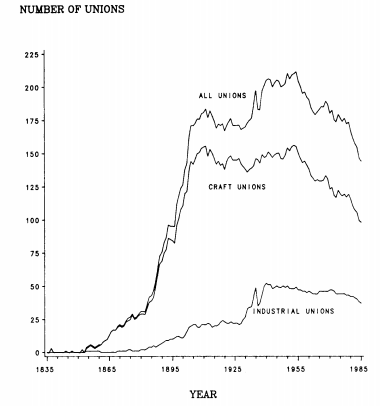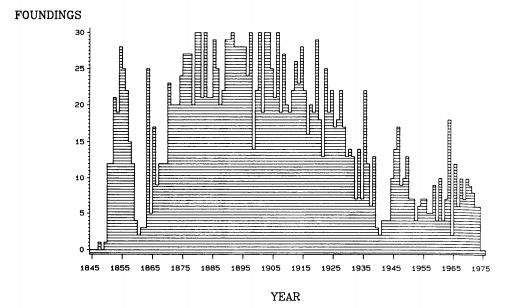Organizational ecology theory examines how organizational populations change and develop over time through stages of founding, growth, transformation, decline, and death (Hannan & Freeman, 1977, 1989). The theory addresses the forces of social, political, and economic systems that (1) increase organizational diversity, for example, creating new organizational forms, and (2) decrease organizational diversity, for example, driving away certain organizational forms via competition. The theory also looks at the dynamics within organizational populations (Hannan & Freeman, 1989).
Organizational Ecology Theory (also organizational demography and the population ecology of organizations) is a theoretical and empirical approach in the social sciences that is considered a sub-field of organizational studies. Organizational ecology utilizes insights from biology, economics, and sociology, and employs statistical analysis to try to understand the conditions under which organizations emerge, grow, and die.
The Theory of Organizational Ecology is divided into three levels, the community, the population, and the organization. The community level is the functionally integrated system of interacting populations. The population level is the set of organizations engaged in similar activities. The organization level focuses on the individual organizations (some research further divides organizations into individual member and sub-unit levels).
Wharton School researcher William Evan called the population level the organization-set, and focused on the interrelations of individual organizations within the population as early as 1966. However, prior to the mid-1970s, the majority of organizational studies research focused on adaptive change in organizations (See also adaptive management and adaptive performance). The ecological approach moved focus to the environmental selection processes that affect organizations.
In 1976, Eric Trist defined population ecology as “the study of the organizational field created by a number of organizations whose interrelations compose a system at the level of the whole field”. He also advocated for organizational studies research to focus on populations and individual organizations as part of open rather than closed systems that have both bureaucratic (internal) regulation and ecological (community environment) regulation (see also Open and closed systems in social science).


